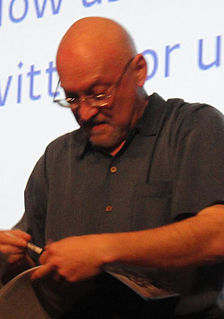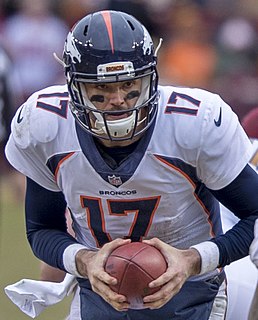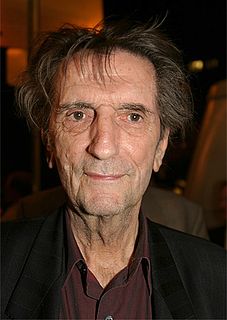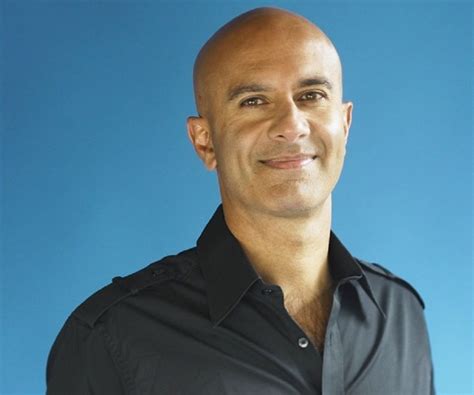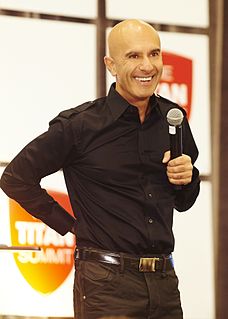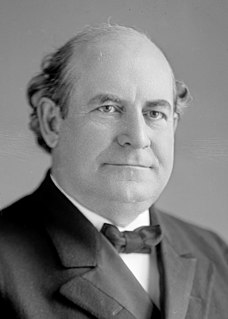A Quote by Floyd Abrams
It's not like learning how to hit a curve ball in baseball.
Related Quotes
I'm still learning. It's all a learning curve. Every time you sit down, with any given episode of any given show, it is a learning curve. You're learning something new about how to tell a story. But then, I've felt that way about everything I've ever done - television, features or whatever. Directing or writing, it always feels like the first day of school to me.
Chemistry is really about two people who like to act together, I think. It's like tennis in the most cliched way. It's like if you hit the ball, they hit the ball back, and they don't hit it into the stands, and they don't put the ball in their pocket and walk off - and they don't argue with the umpire, you know?
In baseball, you can do something poorly and still get credit. A pitcher could throw a bad ball, the batter hit a screaming line drive, and an outfielder make a fantastic diving catch. Yet, when you look at historical databases, 80% of the time when a ball is struck with that trajectory and velocity, it is a hit.
The military doesn't teach rifle marksmanship. It teaches equipment familiarity. Despite what the officer corps thinks, learning to shoot a rifle is not like learning to drive a car. Instead, it is like learning to play the violin.... The equipment familiarity learning curve comes up quick, but then the rifle marksmanship continuation of the curve rises very slowly....by shooting one careful shot at a time, carefully inspecting the result (and the cause).
It [RESIDENT EVIL: AFTERLIFE] has definitely been the biggest learning curve for me. As an actor, whenever I start on a movie, different things that I perform in ask for different skill sets. And this one is definitely the technological side of it. You have to hit your mark. You can't weave back and forth because your nose is jutting at you in 3-D. It's really been learning how to do that and also it's exciting to be on the forefront of this technology.



